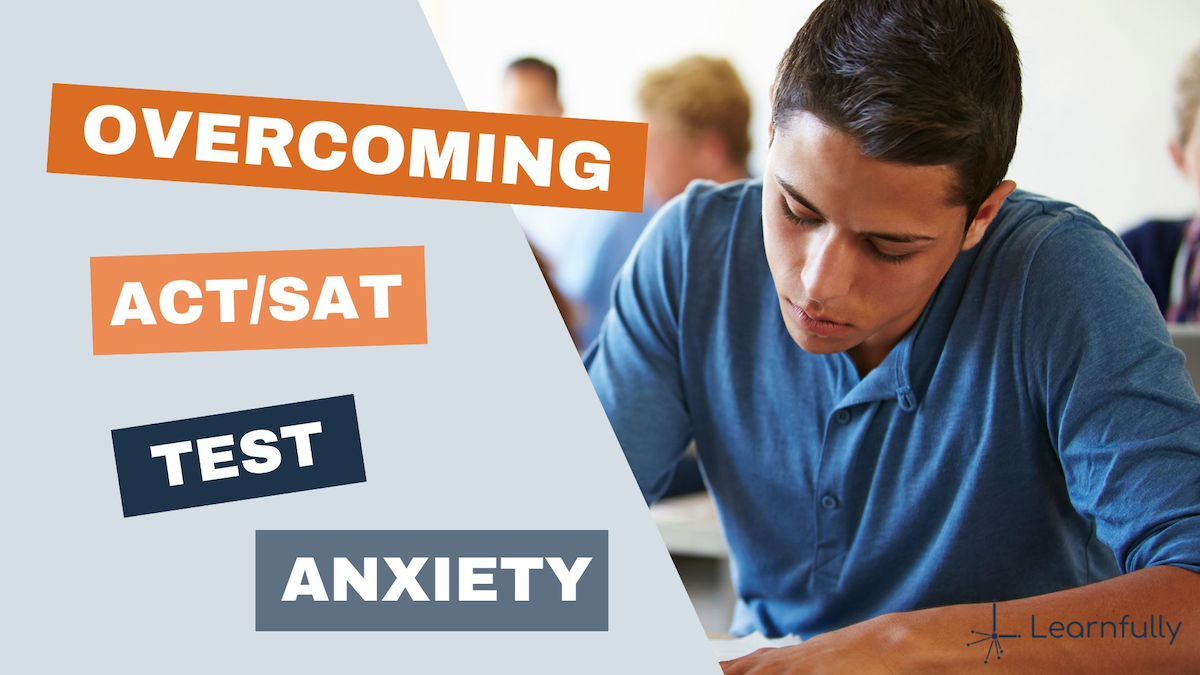I struggled with math throughout my childhood, constantly felt inadequate compared to my peers, and cried in the corner of my classroom often. I wholeheartedly relate to learners who reach their threshold of learning frustration, particularly as it pertains to mathematical conceptualization and automaticity. It was not until I found a method of cognition and technique (visualization) that I was truly able to find meaning and, thus, joy, in math. Learners who face similar struggles as I did, often give up, signaling a need for personalized instruction and, quite possibly, a formal diagnosis of Dyscalculia. Here, I will provide insight into the diagnostic definition, overt and covert symptoms, and effective strategies to help learners find their way towards mathematical confidence and, ultimately, feelings of success.
What is Dyscalculia?
Unfortunately, Dyscalculia is misunderstood and unknown to the general public which is one of the reasons that it goes undetected. So what exactly is Dyscalculia? According to understood.org, “Dyscalculia is a condition that makes it hard to do math and tasks that involve math. It’s not as well known or as understood as dyslexia. But some experts believe it’s just as common. That means an estimated 5 to 10 percent of people might have dyscalculia.”
It was not until I found a method of cognition and technique (visualization) that I was truly able to find meaning and, thus, joy, in math.
What are the symptoms?
As clearly stated on LDA America, “(Dyscalculia) Affects a person’s ability to understand numbers and learn math facts. Individuals with this type of learning disability demonstrate impaired math calculation skills and difficulty understanding numbers and math facts. Dyscalculia is associated with weaknesses in fundamental number representation and processing, which results in difficulties with quantifying sets without counting, using nonverbal processes to complete simple numerical operations, and estimating relative magnitudes of sets. Because these math skills are necessary for higher-level math problem solving, quantitative reasoning is likely impaired for these individuals.”

Common symptoms of Dyscalculia include difficulties with:
- Seeing how numbers fit together
- Counting
- Calculating
- Recalling math facts, like 3 + 2 = 5
- Using concepts like “less than”
- Using symbols like + and –
- Telling left from right
- Reading a clock
- Working with dollars and coins
- Analyzing numerical data, graphs, charts
If you, as a caregiver and/or educator, would like to learn even more about the symptoms of dyscalculia, please visit either dyscalculia.org or childmind.org.
Unfortunately, Dyscalculia is misunderstood and unknown to the general public which is one of the reasons that it goes undetected.
How can you support learners with Dyscalculia?
There are many studies substantiating the efficacy of multisensory, evidence-based practices in strengthening the underlying foundation and application of mathematical skills thereof. Curriculums such as Making Math Real, Touch Math, and Mathematical Mindset Some of these explicit strategies include, but are not limited to:
- Manipulatives such as blocks, number lines, and other tools to visualize how to solve math problems
- Explicitly develop working memory, concept imagery, growth mindset and self-regulation skills to bolster processing foundation
- Advocate for extra time for tests and other tasks that involve math
- Allow access to technology like calculators and math apps to help make math easier to navigate
- Play card, board and virtual learning games to develop problem-solving skills and a positive association to thinking mathematically
- Incorporate mental math organically into daily conversations when you are having dinner, driving in the car, and so forth

Some learners are unresponsive to the above or make slower progress than one would anticipate. This lack of receptivity is the feedback that you need to reach out to your pediatrician and/or psychologist to explore the possibility of a Dyscalculia diagnosis as well as recommendations for placing them on the path towards their potential.
There are many layers of processing, executive functioning, and problem-solving skills that equally contribute to and, thus, are involved in one’s ability to reach a level of mathematical independence. We must establish a strong framework for learners to stand upon before expecting them to lean into discomfort and then rise above adversity. It is imperative to keep in mind that math may never be easy for learners like me, but it certainly can become less daunting and more enjoyable with the right strategies and an open mindset in place.











